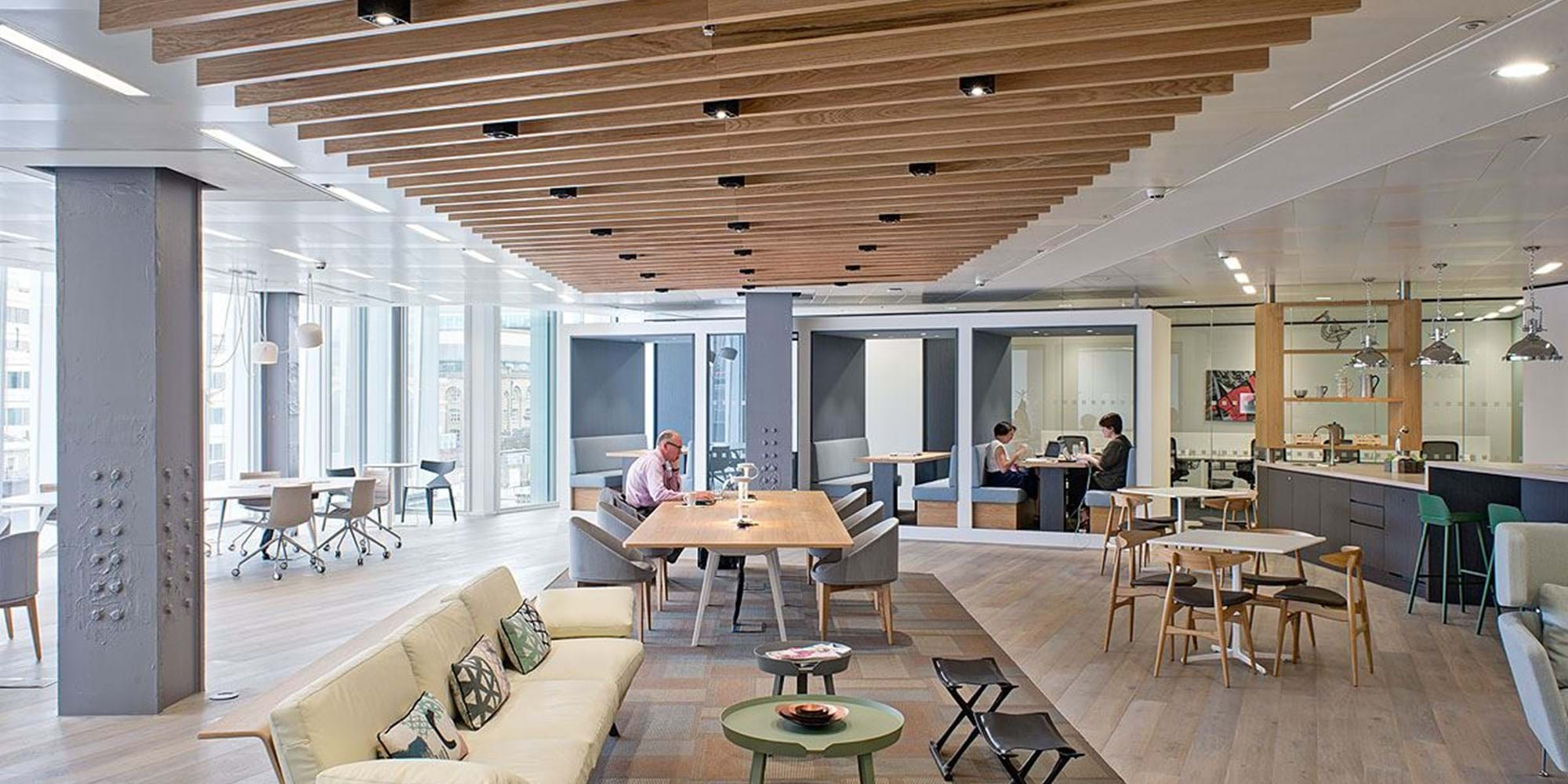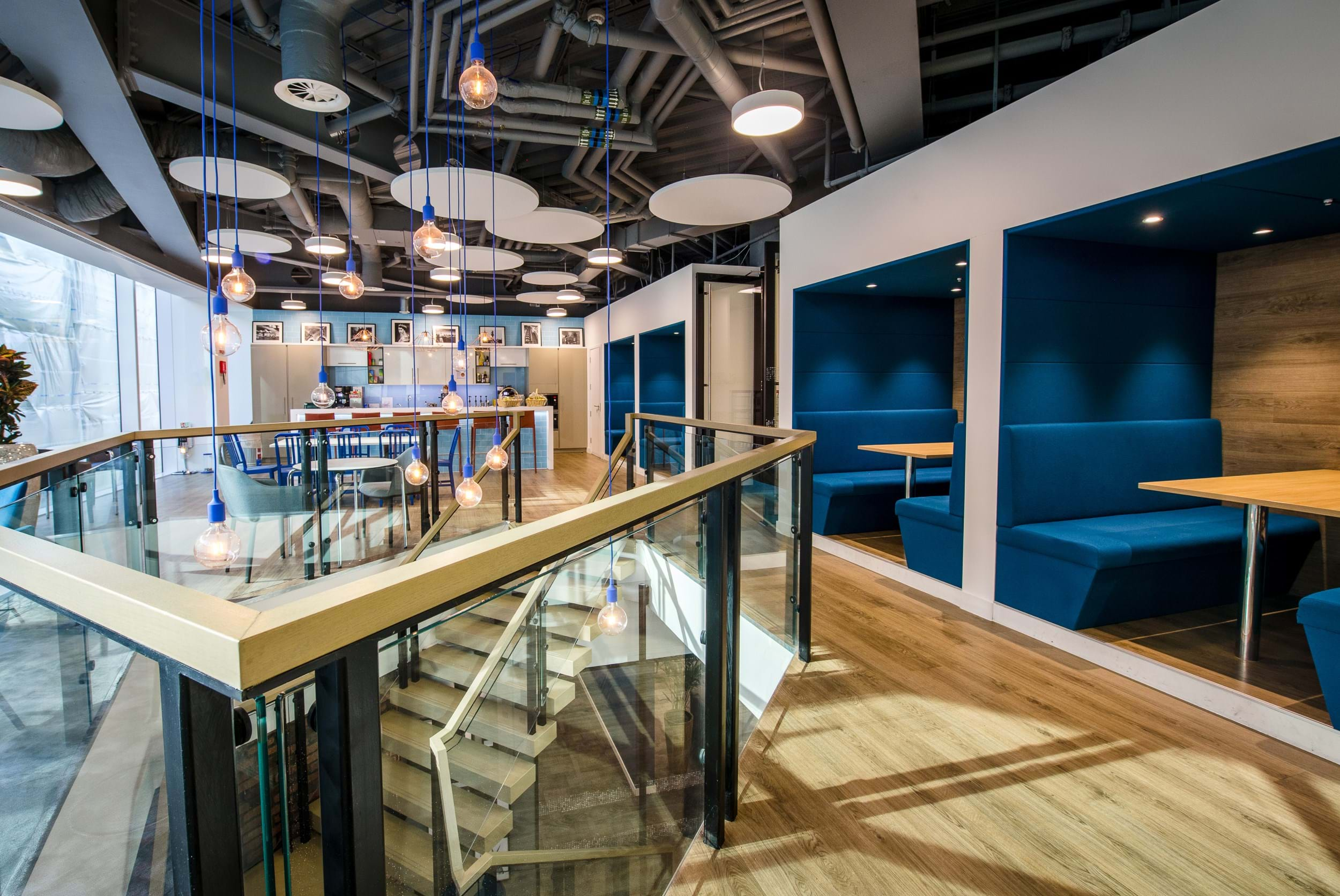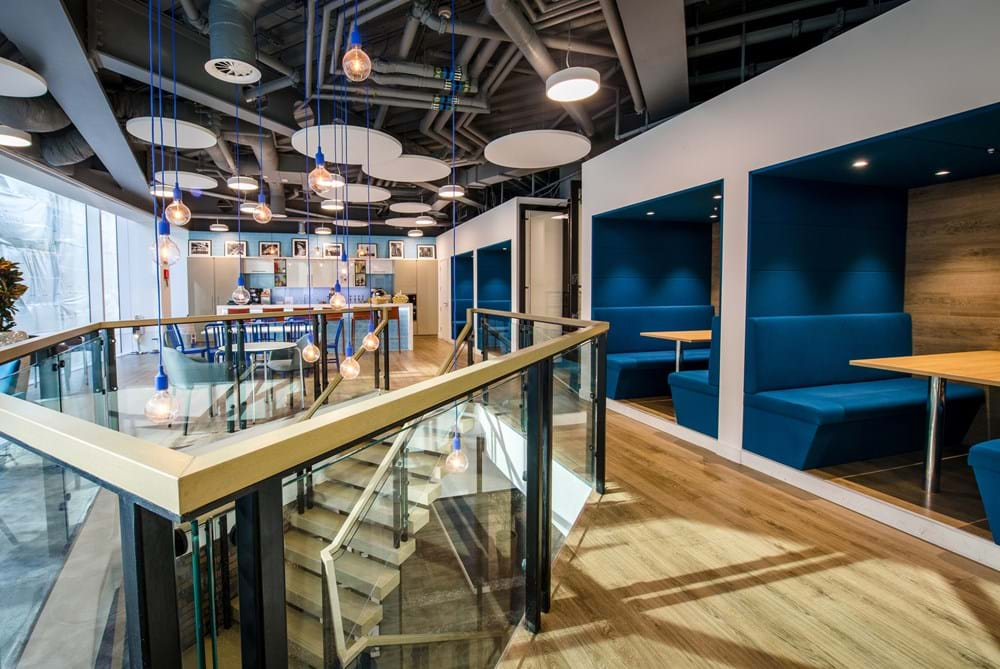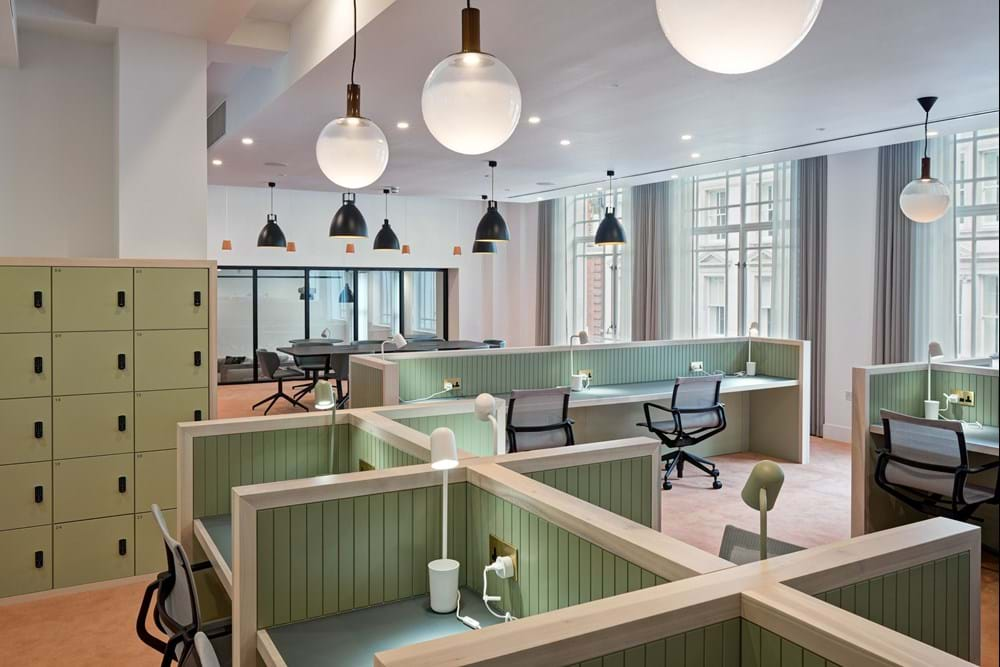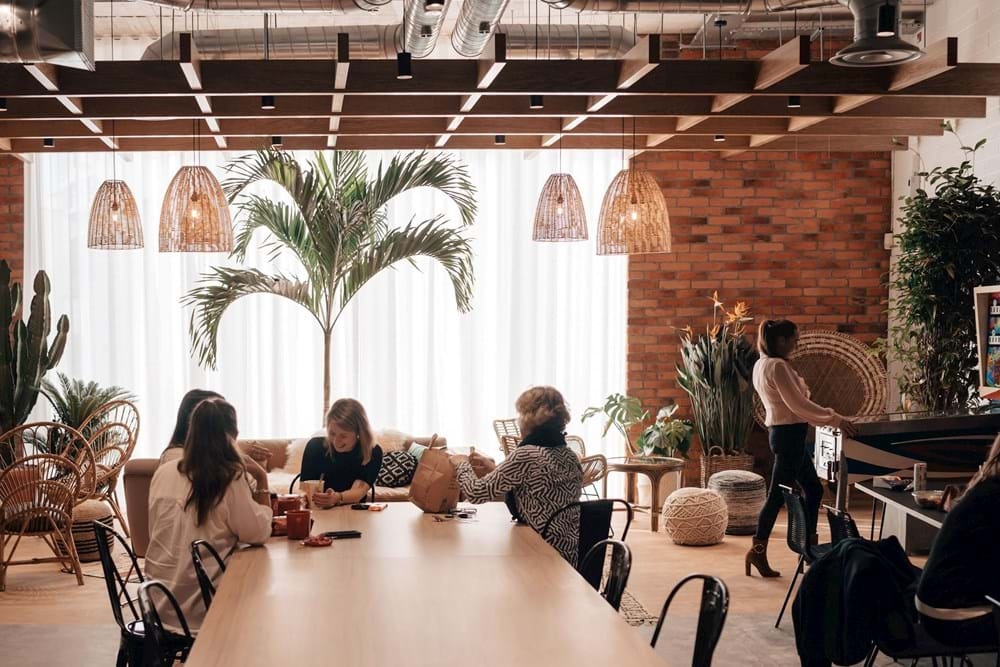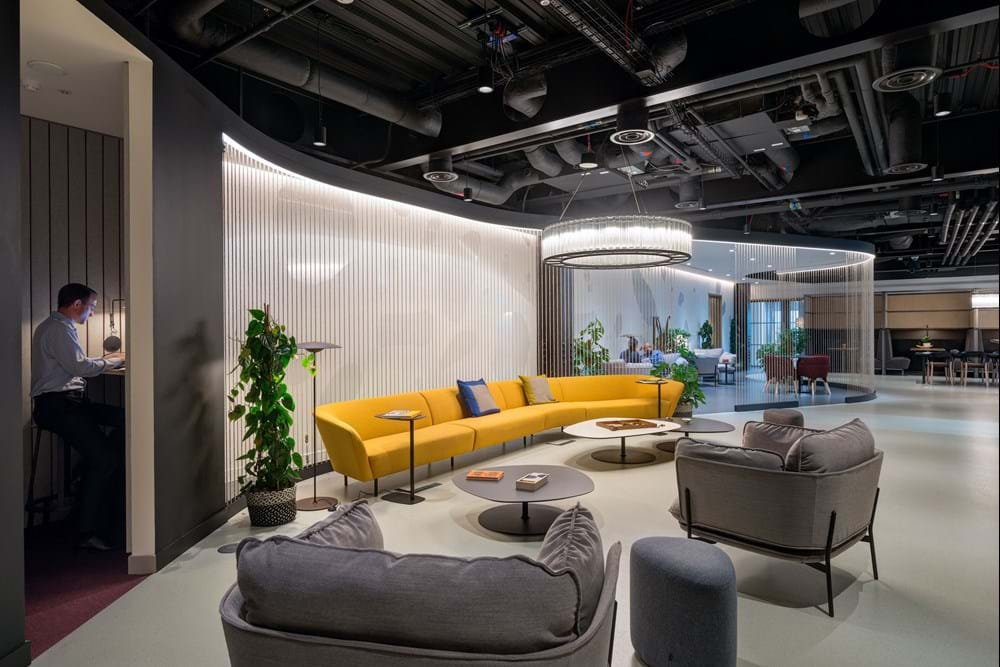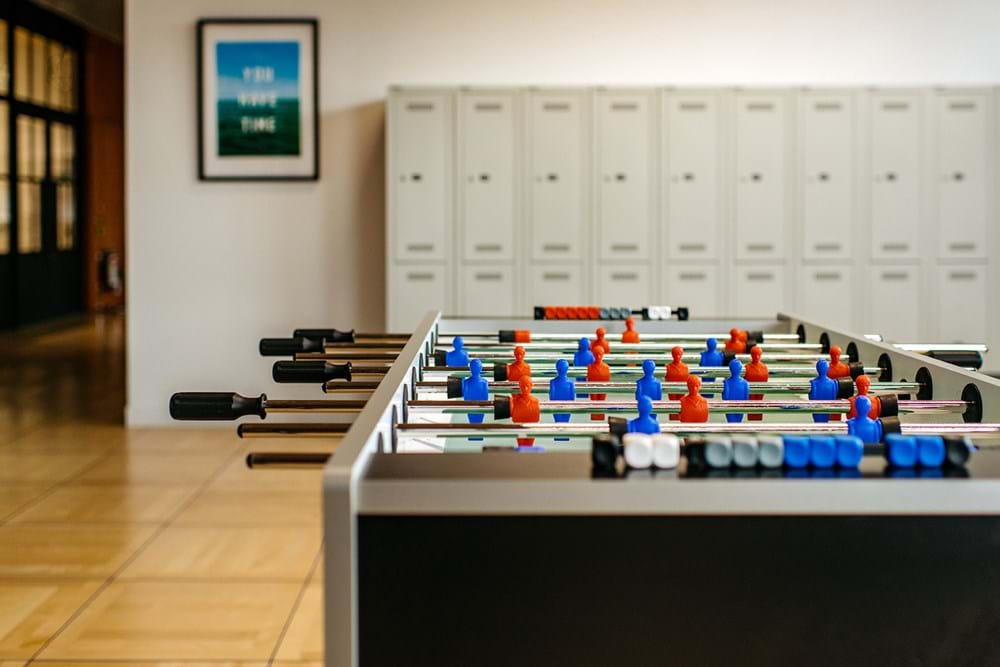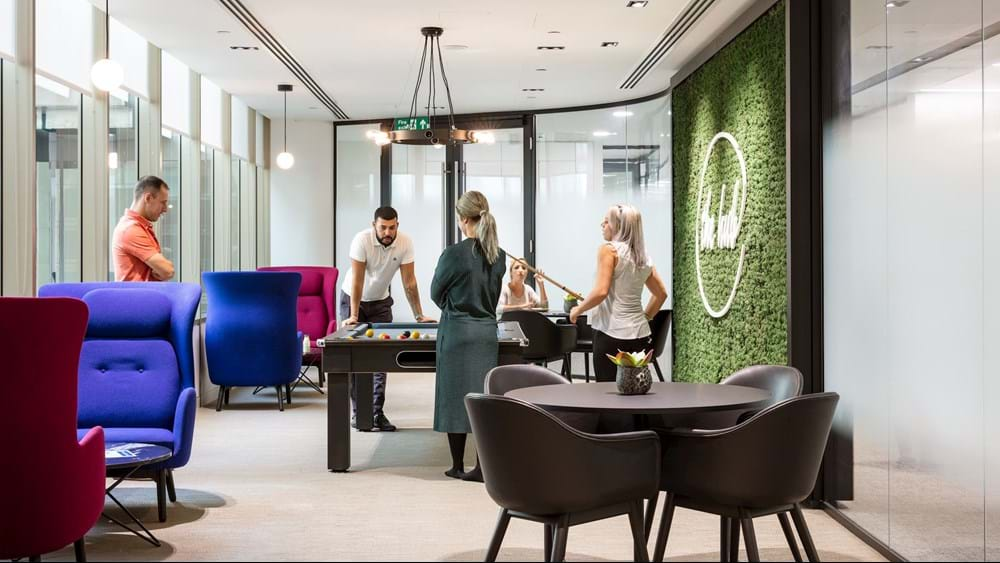Activity based working and what that means for office design
Activity-based working (ABW) has been shown to reduce company costs, improve employee engagement and improve collaborative effectiveness in the modern workplace. With benefits like that, it’s no surprise that businesses are searching for ways to implement it – but what exactly is it and how is it implemented?
Activity-based working allows employees to choose where they work to suit their activity. In ABW environments, workplaces are often zoned to create separate workspaces that support different tasks and team requirements. For example, if an employee needs to concentrate, they are encouraged to work in a quiet zone where there is little interruption or distraction. In contrast, where teams need to collaborate and brainstorm, workspaces are engineered to generate energy and fuel ideas in a buzzy work setting. In today’s workplace where office space is often at a premium and many workers are taking advantage of flexible working, it makes a great deal of sense for employers to encourage movement within a varied work environment.
Here’s why…
The breakout area at Charles River Associates
What can activity-based working do for your business?
Fixed desks in an open-plan office no longer work for all (there are many that question if it ever did). The benefits of activity-based working, however, are numerous. Research consistently finds positive and measurable outcomes for ABW, whilst organisations continue to demonstrate impressive returns.
These are the most commonly reported advantages of activity-based working:
- Reduced operational costs
When planning office design or an office move, ABW may initially look costly and complex but the opposite is in fact true. The introduction of flexible and remote working has meant that many desks are left vacant for numerous days a year. Given that the cost to rent office space per employee in London averages between £7800 and £18,000 per year, an empty desk is a costly one. ABW takes advantage of flexible working practices and uses the opportunity to maximise the return on each workstation, zone or room by keeping each workstation in use for most of the time.
Cubicle seating at The Office Group
- Improved employee engagement, productivity and effectiveness
A study from Steelcase found that employees who have the control to choose where and how they work, with the flexibility to move around the workplace when needed to focus on tasks, were 88% more engaged (a subsequently satisfied) with their work. Large scale research has shown that ABW delivers significant operational benefits, too. Specifically, that the more complex an employee’s daily responsibility, the more beneficial it is for them to work in multiple work settings. But, productivity levels are closely linked to how often an employee uses multiple work locations. The more the spaces are used, the better the returns.
- Better health and wellbeing
With workplace wellness featuring heavily in organisational agendas in the 2020s, it’s encouraging that ABW impacts on employee wellbeing as well as the bottom-line. Flexibility at work directly contributes to an employee’s sense of control and wellbeing, whilst the movement that comes from moving to different workstations helps with the negative health effects that can come from sedentary behaviour.
Open plan working areas at Studio 19, for SLG Brands.
The success factors for activity-based working
Implementing an agile or activity-based working culture requires a change in attitudes and modifications to the physical environment and office interior. Tailor-made office design, inspirational interiors, activity-related cues and space planning are all critical factors when introducing ABW to the workplace.
- Physical cues
Employees will need to be regularly reminded and encouraged to leave their workstation to find a task-suitable area. Fixed desks have been in place for all time, as far as most generations are concerned, so physical cues around the workplace will signify the new way of working long after the novelty has worn off. These visual, auditory and olfactory cues in office design are essential in the communication of an area’s purpose.
- Office furniture fit-for-purpose
Creating different areas within a workspace isn’t enough when it comes to effective activity-based working. Interior design and space planning need to work hand-in-hand with custom furniture to create spaces that support specific activities. Where space is at a premium, multi-purpose furniture can be used to change a space when needed. For example, integrated seating, desks and storage can be interchanged to suit teamwork, training or desk work. Similarly, partitions, panels, moveable walls and storage units can be used to create walkways, work zones, rest areas or private spaces. Furniture should also facilitate the use of technology in an agile, active or flexible working environment. Fixed desktop computers become less important, whilst the need for integrated power, ample sockets for mobile tech, and media centres take precedence. Where a unified interior design theme may be preferable to achieve an overall style for a business, each workspace will require a different treatment through colour, textiles, acoustic benefits, comfort and light to increase or decrease the energy of a room.
The flexible working, soft seating area at Storey
- A place to call home
Activity-based working has been shown to improve employee performance and engagement but it’s important that feelings of security and belonging aren’t lost in the process of abolishing fixed desks. People still need a place to call their own to achieve a sense of wellbeing and whilst they won’t necessarily have a place to put a photo of their cat any longer, they should be given secure storage in which to keep their belongings. It’s not ideal for employees to carry around their bags, lunch, gym gear and coat to every workspace they visit in a day. Lockers, moveable storage units and cloakrooms provide a permanent space where personal belongings, paperwork, notebooks, accessories and technology can be housed in a constantly moving environment.
The foosball table at Joseph Joseph
- A lead, learn and refine culture
The cultural change is one of the hardest to change and it must come from the top if ABW is to work. Leaving a desk to work somewhere else will feel uncomfortable and unfamiliar to many who have historically worked in an environment where staying at one’s desk is seen as good employee behaviour. Senior management must actively encourage teams and individuals to move – and should do so by example, making a point to work on the floor alongside employees. Two-way trust is a critical success factor in activity-based working.
Setting expectations is key but it’s also important to remember that the practice of activity-based working is different for every business. It’s one that evolves over time, becoming better and better. Organisations should introduce processes that seek to learn and communicate how ABW changes are impacting the business and the subsequent actions that are required to continue improvement.
The social games area at Houlihan Lokey
If you’re planning an office move or new office interior as part of a refurbishment project, it is worth considering the benefits of introducing activity-based working into your new office design. With countless benefits and cost savings to be made, the change in working culture could be what your business needs to move forward in the 2020s.
Interested in finding out more about activity-based working? Get in touch with us here!
